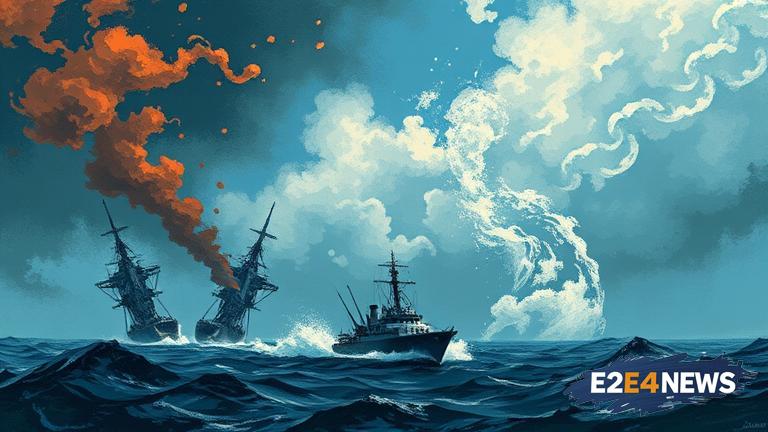The West Philippine Sea, a body of water in the western part of the Philippines, has been a focal point of contention in recent years due to overlapping territorial claims by several countries. The dispute has sparked intense debate, with various parties presenting their own versions of the truth. To understand the issue, it is essential to examine the historical context and the legal frameworks that govern the region. The Philippines, China, Vietnam, Malaysia, Brunei, and Taiwan are among the countries involved in the dispute, each with their own claims and interests. The area is rich in natural resources, including oil, gas, and fisheries, which has driven the competition for control. The Philippines has been at the forefront of the dispute, with the government asserting its sovereignty over the area. However, China has also been actively pursuing its claims, often using its economic and military might to exert pressure on other countries. The situation has been further complicated by the involvement of the United States, which has been providing military aid to the Philippines and conducting freedom of navigation operations in the area. Despite the tensions, there have been efforts to resolve the dispute through diplomatic means, including the signing of the Declaration on the Conduct of Parties in the South China Sea in 2002. However, the agreement has been criticized for being non-binding and ineffective in preventing further aggression. The issue has also been taken to international courts, with the Philippines filing a case against China at the Permanent Court of Arbitration in The Hague. The court ruled in favor of the Philippines, declaring that China’s claims were invalid under international law. However, China has refused to recognize the ruling, citing its sovereignty and historical rights to the area. The dispute has significant implications for the region and the world, with potential consequences for global trade, security, and the environment. The area is a critical shipping lane, with a significant portion of global trade passing through it. The dispute has also raised concerns about the potential for conflict, with the involvement of major world powers. Furthermore, the area is home to a diverse range of marine life, and the dispute has highlighted the need for cooperation on environmental protection. In recent years, there have been reports of environmental degradation and damage to coral reefs and fisheries, which has sparked calls for greater protection and conservation efforts. The Philippine government has been working to strengthen its claims and protect its interests, including through the establishment of a maritime zone and the conduct of scientific research. However, the situation remains complex and challenging, with no clear resolution in sight. The international community has been urged to play a more active role in resolving the dispute, with calls for greater cooperation and dialogue. The Association of Southeast Asian Nations (ASEAN) has been working to promote regional cooperation and stability, including through the development of a code of conduct for the South China Sea. The European Union has also been engaged in efforts to promote peace and stability in the region, including through the provision of development aid and support for regional cooperation. Ultimately, resolving the dispute will require a concerted effort from all parties involved, including a commitment to international law, cooperation, and the protection of the environment. The stakes are high, with the potential for conflict, environmental degradation, and economic instability. However, with diplomacy, cooperation, and a commitment to the truth, it is possible to find a resolution that benefits all parties and promotes peace and stability in the region.
